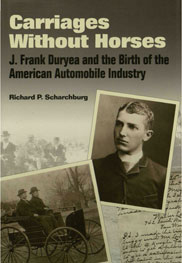Technical Paper
A Characteristic Parameter to Estimate the Optimum Counterweight Mass of a 4-Cylinder In-Line Engine
2002-03-04
2002-01-0486
A dimensionless relationship that estimates the maximum bearing load of a 4-cylinder 4-stroke in-line engine has been found. This relationship may assist the design engineer in choosing a desired counterweight mass. It has been demonstrated that: 1) the average bearing load increases with engine speed and 2) the maximum bearing load initially decreases with engine speed, reaches a minimum, then increases quickly with engine speed. This minimum refers to a transition speed at which the contribution of the inertia force overcomes the contribution of the maximum pressure force to the maximum bearing load. The transition speed increases with an increase of counterweight mass and is a function of maximum cylinder pressure and the operating parameters of the engine.

